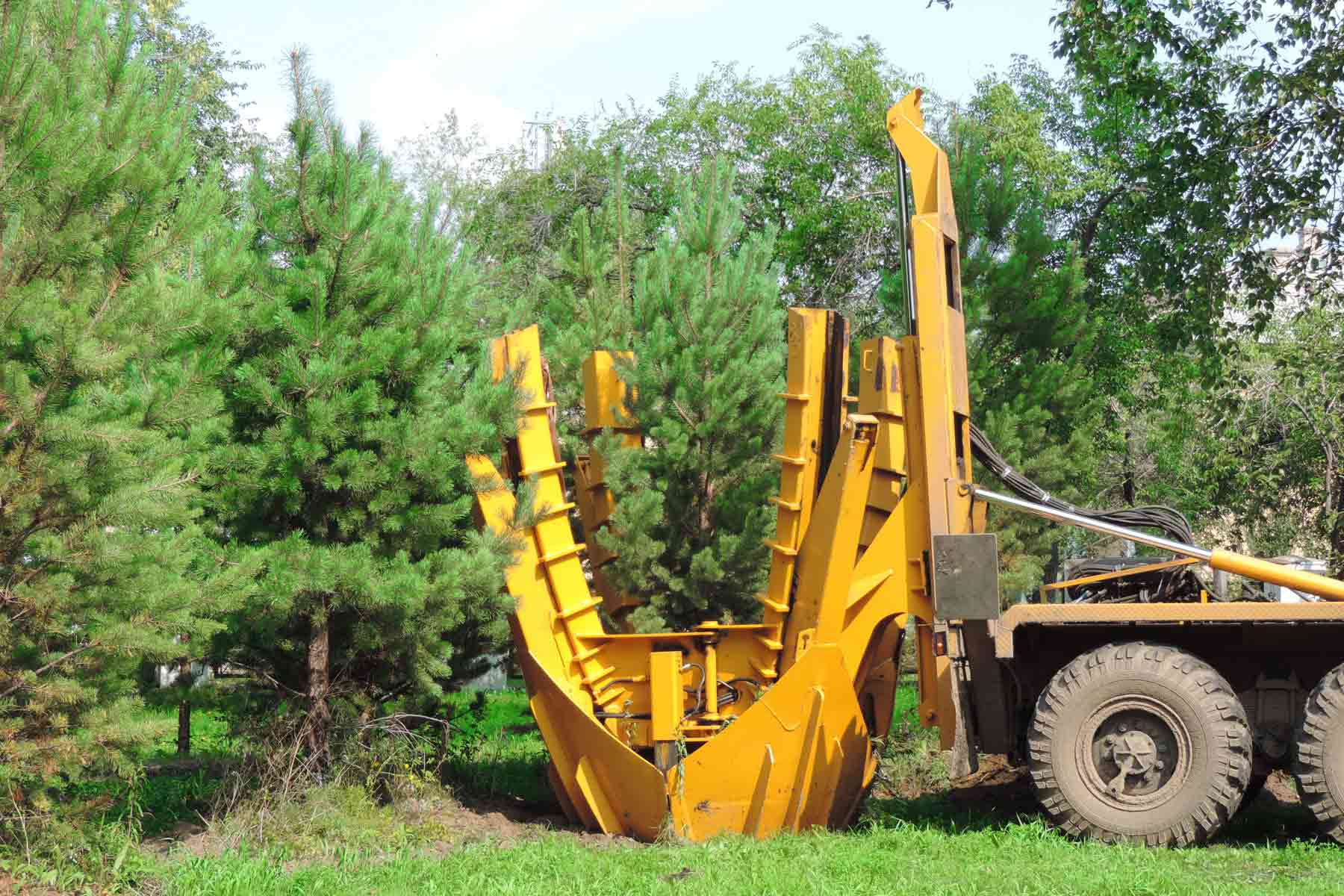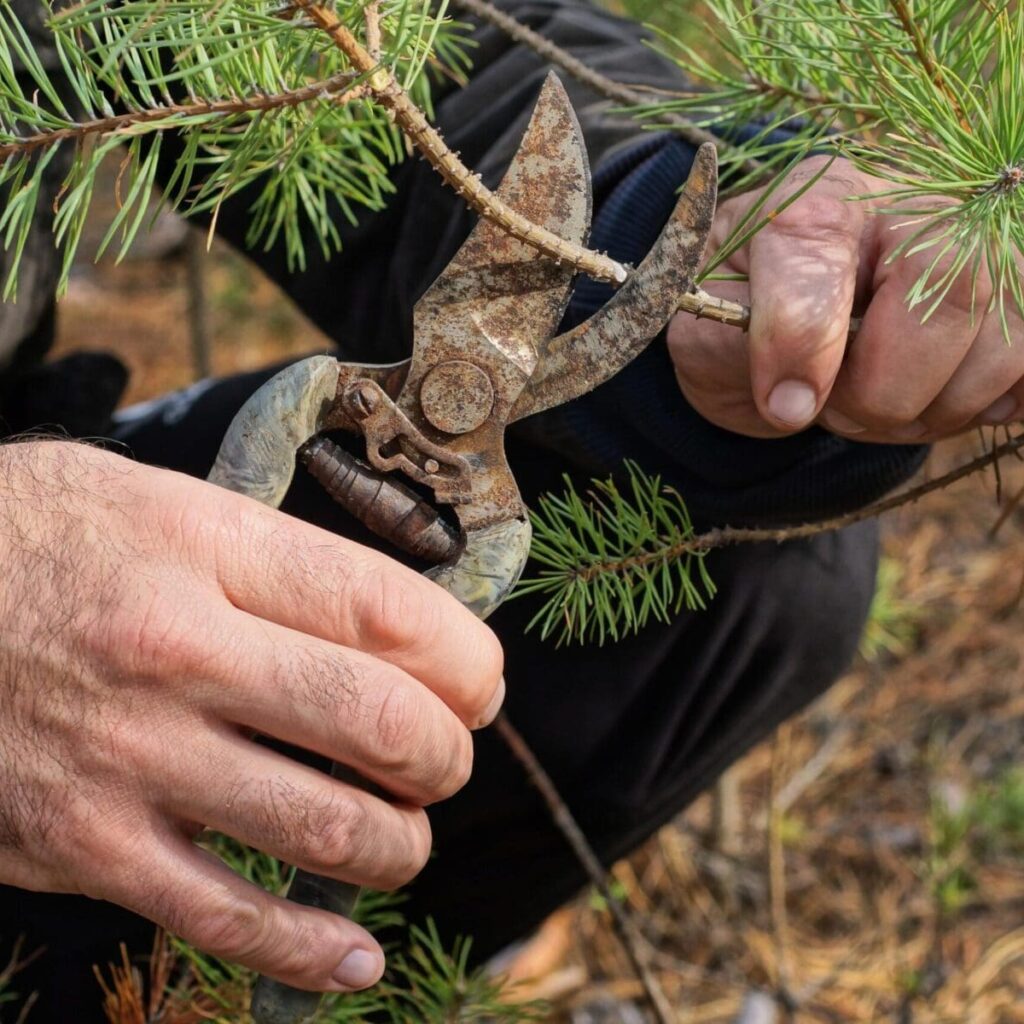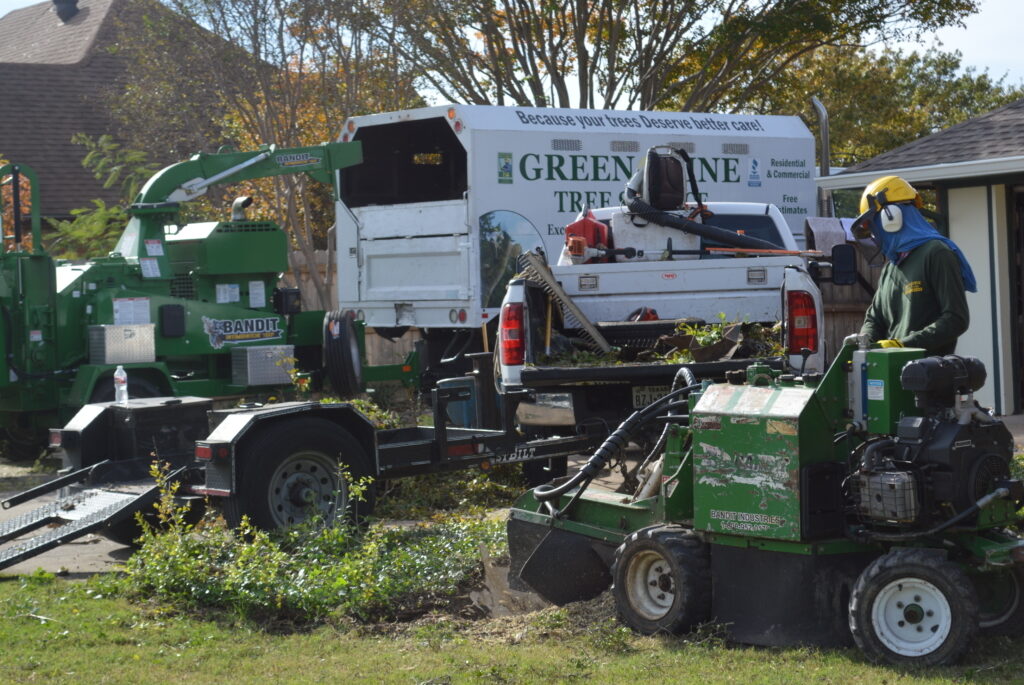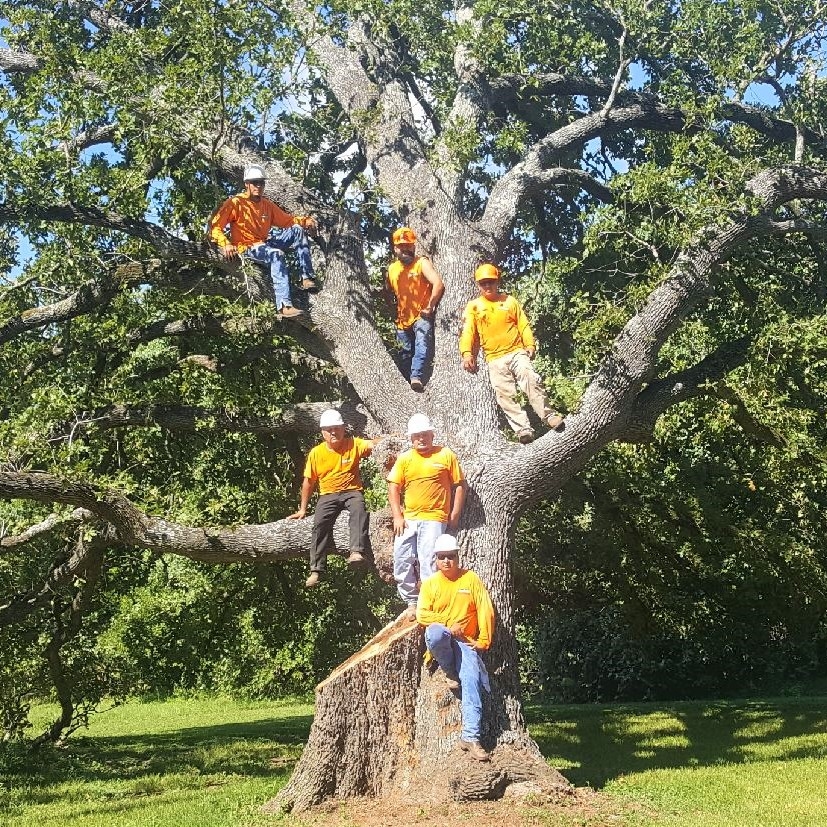Pine Tree Equipment Repair
Introduction
If you’ve ever worked with pine trees, you know they’re beautiful but demanding. To manage their maintenance, you rely on heavy-duty equipment like chainsaws, wood chippers, and log splitters. However, these tools are prone to wear and tear, especially when dealing with resinous pine wood, which can clog or damage machinery. That’s where proper equipment repair and maintenance come in. This article explores everything you need to know about keeping your pine tree equipment in excellent condition.
Common Pine Tree Equipment
Chainsaws
Chainsaws are indispensable for tasks like felling trees, pruning branches, and cutting logs.
Types of Chainsaws for Pine Trees
Chainsaws come in various types, each suitable for different tasks:
• Gas-Powered Chainsaws: Ideal for heavy-duty tasks, such as cutting large pine trunks.
• Electric Chainsaws: Lighter and quieter, best for trimming and small jobs.
• Battery-Powered Chainsaws: Portable and eco-friendly but may have limited power for bigger projects.
Key Features to Look For
When selecting a chainsaw, focus on:
• Engine Power: Higher power for tougher jobs.
• Chain Speed: Faster speeds for smoother cuts.
• Ergonomics: Comfortable handles and lightweight designs to reduce fatigue.
Wood Chippers
Wood chippers turn pine branches, needles, and logs into mulch or manageable waste.
Importance in Pine Tree Management
Chipping makes waste disposal easier and provides useful mulch for gardening. Pine mulch can even act as a natural weed barrier.

Safety Precautions When Using
• Wear gloves, goggles, and ear protection.
• Avoid loose clothing that can get caught in the machine.
• Feed branches steadily to prevent jams.
Log Splitters
Log splitters save time and effort in processing large logs for firewood or lumber.
Benefits of a Log Splitter for Pine Tree Projects
They handle tough, resinous pine wood without breaking a sweat, allowing you to prepare firewood faster than manual splitting.
1.Maintenance Tips for Log Splitters
2.Check hydraulic fluid levels regularly.
3.Sharpen and clean the splitting wedge.
4.Inspect for leaks or damaged hoses.
5.Signs Your Equipment Needs Repair
6.Frequent Breakdown Issues
If your tools stop working mid-task or fail to start, this is a sign of underlying issues.
Unusual Noises or Vibrations
Grinding, rattling, or uneven vibrations usually mean internal parts need attention.
Reduced Efficiency
Longer cutting times, dull blades, or inconsistent performance indicate wear and tear.
DIY Maintenance Tips
Cleaning and Lubricating Equipment
Remove pine resin and sawdust buildup using a degreaser.
Lubricate moving parts like chains, hinges, and hydraulic components to prevent rust and ensure smooth operation.
Replacing Worn-Out Parts
Replace chainsaw chains, spark plugs, and air filters as needed.
For wood chippers, sharpen or replace dulled blades.
Inspect and replace any cracked or damaged hydraulic hoses on log splitters.
Safety Measures While Performing Maintenance
Disconnect power sources before repairs.
Use appropriate tools for tightening, cleaning, or replacing parts.
Wear protective gloves and goggles at all times.
Professional Repair Services
When to Seek Professional Help
Certain repairs require expert attention, such as:
Internal engine repairs for chainsaws.
Hydraulic pump issues in log splitters.
Complex electrical faults in modern equipment.
Choosing a Reliable Repair Service
Look for certified technicians specializing in outdoor equipment.
Ensure the service provides warranties on repairs.
Preventive Maintenance Practices
Regular Inspections
Check blades, chains, and engines before and after use.
Tighten loose bolts and replace worn parts promptly.
Proper Storage Techniques
Store equipment in a dry, temperature-controlled environment to prevent rust.
Use protective covers to keep dust and moisture at bay.
Seasonal Equipment Care
Before winter storage, clean and oil your tools thoroughly.
In spring, test-run all equipment to ensure they’re ready for the season.
Benefits of Well-Maintained Equipment
Improved Efficiency
Maintained tools work faster, cutting down on project times significantly.

Enhanced Safety
Poorly maintained equipment increases the risk of accidents, from kickbacks to hydraulic failures.
Prolonged Equipment Lifespan
Regular care can add years to the life of your tools, saving you money in the long run.
Challenges in Equipment Repair
High Repair Costs
Repairs, especially for engine components or hydraulic systems, can be expensive.
Difficulty Finding Spare Parts
Older or rare models may require specialized parts that are hard to source.
Managing Downtime
Having tools out for repair can disrupt projects, highlighting the importance of backup equipment.
Tips for Choosing the Right Equipment
Consider Your Needs
Assess the type and scale of tasks you’ll perform to select appropriate tools.
Check Durability and Warranty
Opt for reputable brands offering warranties and durable designs to ensure reliability.
The Environmental Impact of Pine Tree Equipment
Sustainable Practices in Equipment Use
Use biodegradable oils and lubricants.
Avoid overusing heavy machinery to minimize soil compaction.
Recycling Old Equipment
Donate or recycle outdated equipment rather than disposing of them in landfills. Many manufacturers offer trade-in programs.
Conclusion
Pine tree equipment repair and maintenance are about more than just keeping tools running—they’re about ensuring safety, efficiency, and sustainability. With regular care, you’ll not only extend the life of your equipment but also improve the quality of your work. Whether it’s DIY maintenance or seeking professional repair services, staying proactive is the key to success.


